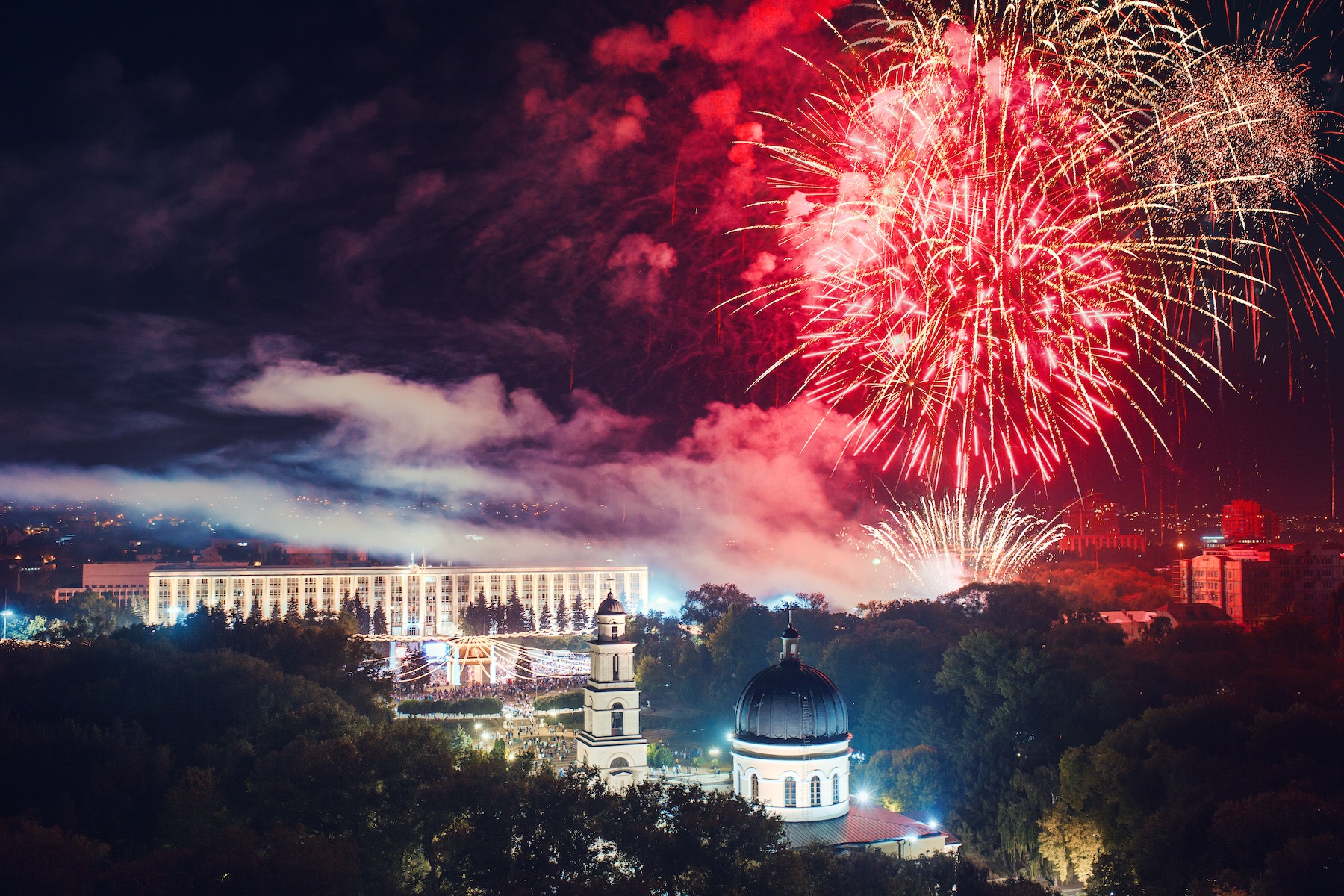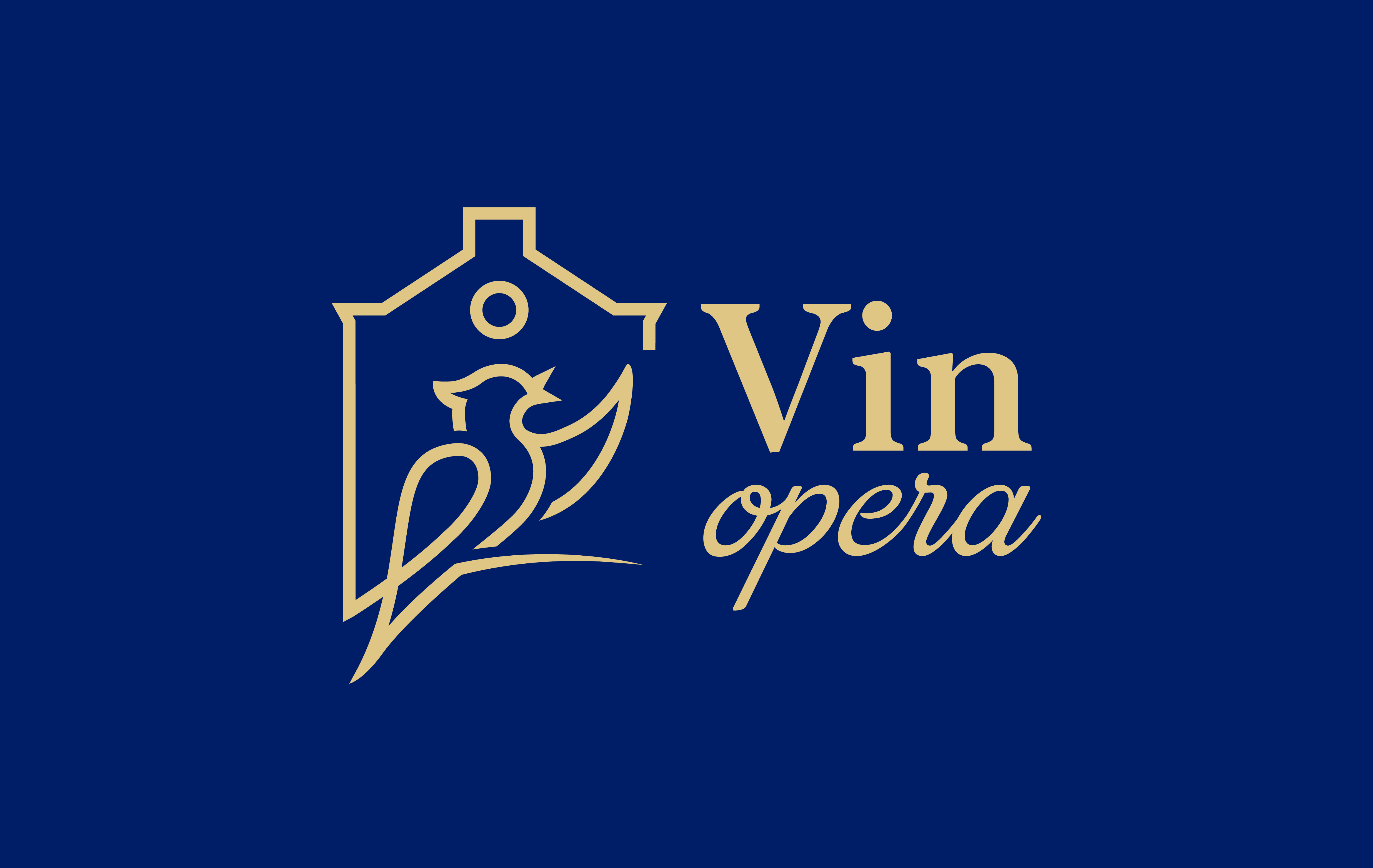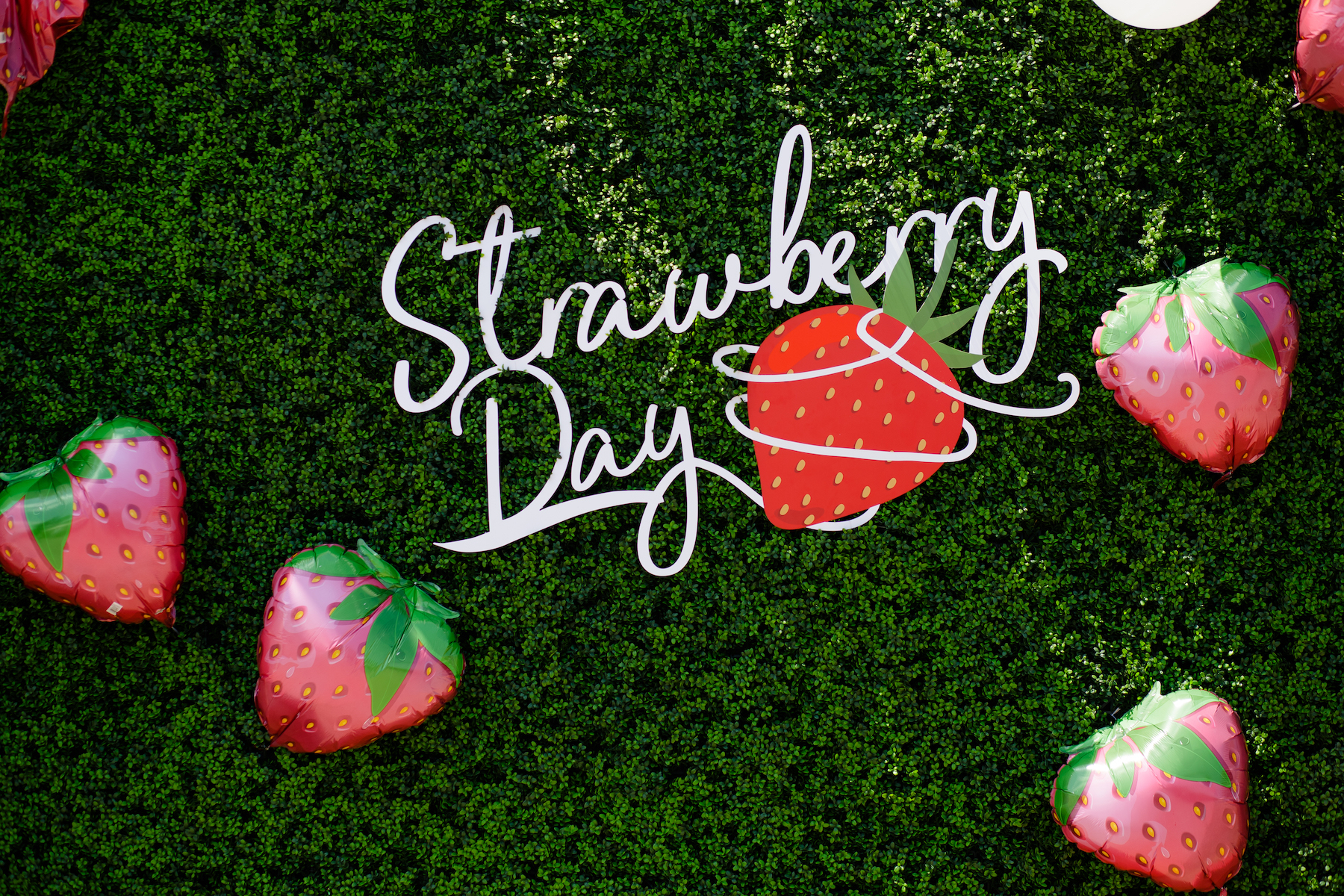At Purcari Wine Bar you can find the full range of Purcari wines, but also a vast selection of other high-quality Moldovan wines, all served with local and international delicacies. The Moldovan wine blogger Andrei Ciubotaru is the face of this wine bar and is regularly hosting thematic tastings.
Purcari Wine Bar
Gagauz Șarap Yortusu
Did you know that the main symbol of the Gagauzia Wine Festival is the Gagauz wooden flask? History says that throughout history this people respected the tradition of not tasting young wine until the national holiday “Kasim”, celebrated on November 8. Therefore, every year, on the first Sunday of the month of Brumar (November), wine producers celebrate their liquors in the largest event of the region. These and many other subtleties of Gagauz customs can be found here. Don’t miss the opportunity!
Chisinau City Day
All the dwellers and guests of the capital meet in the Great National Assembly Square to have fun together to celebrate Chisinau City Day. Here you will find fairs, activities for children, masterclasses for children and parents, and on the big stage of the market, throughout the day a concert featuring the most famous artists of the Republic. So, if you are planning a visit to Chisinau in the middle of the fall – you are welcome to this feast!
VinOPERA
The musical notes of the famous classical works get a taste! The tasting notes of “Castel MIMI” wines are transformed into sound! A Friday night can become a beautiful story under the open sky, in an enchanting environment, with friends, family and your dearest people. We invite you to VinOPERA, an outdoor party at Castel Mimi, with lots of quality music and exceptional wines! As part of the event program you will be able to enjoy classical music, folk and rock compositions. The talented musicians who have delighted us over the years with their energetic recitals’ full passion and originality, will charm our ears with works performed in an absolutely special way.
Hodina Festival
So many good people return home in August! Let’s celebrate a great family reunion! Take your loved ones and go for an outdoor picnic. Over 70 local artisans and producers, products of vegetarian and fishery cuisine, wine tastings, dozens of parent and child workshops, DJs and live music, and many other exciting activities for adults and children. Gather a crowd of beloved ones, grab a picnic blanket and come to Pohrebea village to have some fun.
Strawberry & Wine Fest
Chateau Vartely returns with one of the year’s most anticipated events, namely Strawberry Day! Strawberry Day at Chateau Vartely is not just an event but a memorable journey where the joy of fresh strawberries harmoniously blends with the refinement of sparkling wines from the Inspiron series, offered unlimited on this day. The event includes live music, adult recreational activities, and creative workshops for the little ones. A joyful atmosphere envelops Chateau Vartely, making Strawberry Day a memorable event for the whole family. Strawberry Day at Chateau Vartely represents a unique opportunity to spend a wonderful day amid nature, savoring the season’s delights and creating unforgettable memories with family and friends. It’s an event that brings joy, color, and flavor to the hearts of all guests.
Street Food & Wine Festival
The “Street Food & Wine” Festival is the urban culinary event that marks the end of the season in a truly special way. Here, gastronomy perfectly blends with art, highlighting the diversity of the culinary offerings and promoting young local artists. During this festival, you will discover a wide range of culinary delights prepared with passion and creativity by street chefs. You will experience authentic and unique flavors, traveling through a world of tastes and aromas.
The “Street Food & Wine” Festival is also a platform dedicated to young local artists, where they can express their creativity in front of a large audience. Music, street art, and many artistic surprises will delight and captivate you during the festival.
Through this initiative, the “Street Food & Wine” Festival serves as a meeting place for food lovers, art enthusiasts, and culture seekers, offering a unique and authentic urban experience.
Frumoasa Monastery
The gleaming white and dark blues of the Frumoasa Monastery’s exterior remind some visitors of churches in Greece. The name Frumoasa comes from a spectacular meadow in the middle of the oak forest where the monastery is located. “Frumusica,” the word from which “Frumoasa” is derived, means beautiful. The Soviets converted the monastery from a religious sanctuary to a multi-use social-services complex. They used some buildings as an orphanage, others as a school for the deaf, and still others as a reform school for delinquent girls.
- Distance from Chisinau: 60 km
- Visiting hours: Monday – Sunday, 8 a.m. – 4 p.m.
- Type: Monastery for nuns
Saharna Monastery
The Saharna Monastery, which sits in a steep, wooded valley, is a magnet for religious pilgrims because of a legend about the Mother Mary. The story goes that centuries ago a monk saw a shining figure of Mary on the top of a cliff overlooking the monastery. When he reached the lookout point, she was gone, but he found a footprint of hers, according to the legend. The area around the monastery contains the Church of the Annuciation, which was carved into a rocky hillside. The annunciation was the Angel Gabriel’s disclosure to Mary that Jesus had returned from the dead. Also near the Saharna Monastery are 30 cascading streams and waterfalls, an Iron Age archaeological site and a Geto-Dacian fortress. The Geto-Dacians were an Eastern European tribe who fought Greek and Roman encroachment.
- Distance from Chisinau: 110 km
- Visiting hours: Monday – Sunday, 6 a.m. – 10 p.m.
- Type: Monastery for monks







